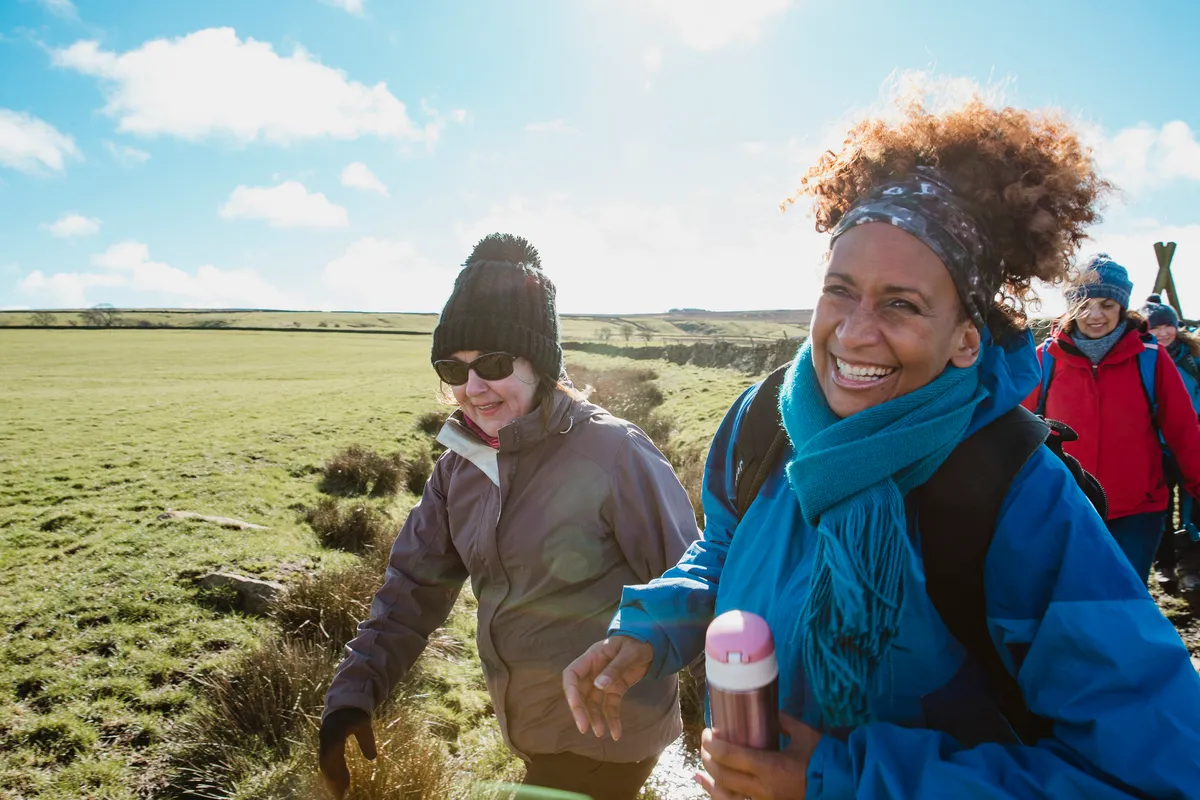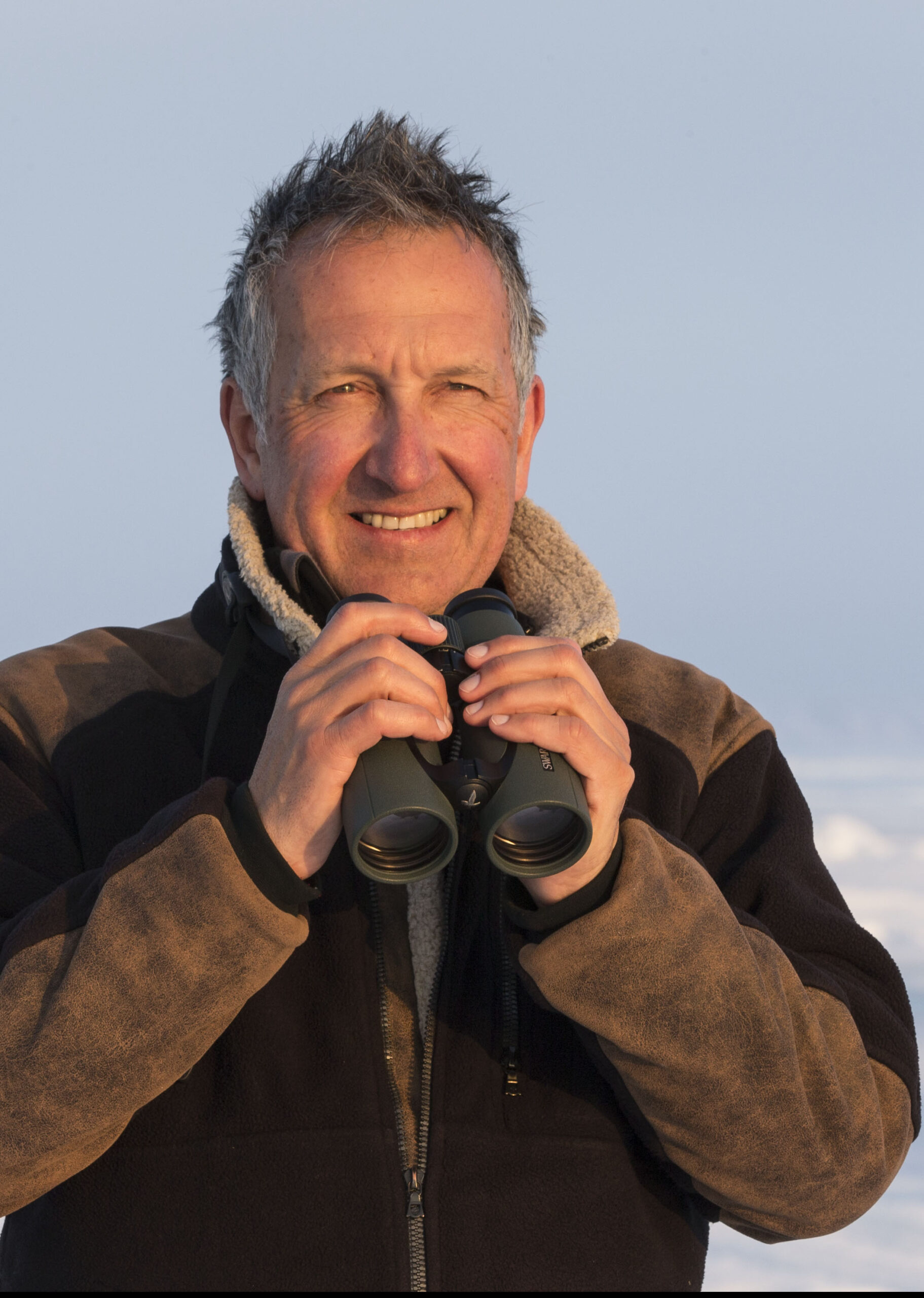What is a national park?
That depends on where you are, because each country designates its national parks differently. There is, however, an official definition agreed by the International Union for Conservation of Nature (IUCN): in a nutshell, it is a large, naturally beautiful, ecologically rich area, relatively unaltered by people, with legal protection for its wildlife and habitats, that promotes education and recreation.
The best national parks are hugely popular – America’s alone had a staggering 82.8 million visitors in 2016 – and protect some of the most important areas of biodiversity on Earth.

When was the first national park set up?
Protected areas of one kind or another have existed for at least 2,000 years, but national parks are much more recent. Yellowstone, established in 1872, famously claims to be the world’s first. However, there are other legitimate claims to the title – most notably Bogd Khan Uul, established in Mongolia in 1778 (it’s never been a national park by name, but ticks all the right boxes).

Now, there are 6,555 ‘official’ national parks around the world, in nearly 100 countries. They range in size from tiny 22-acre Moyenne Island, in the Seychelles, to the Northeast Greenland National Park – at 971,000km2, four times the size of the UK.
Are all national parks protected?
Some are, many are not. They are increasingly being downgraded, reduced in size or eliminated altogether. Their precious land is being taken away or altered to accommodate mining, logging and other damaging commercial activities, or to alleviate pressure for land caused by growing human populations.
What national parks does the UK have?
Our first – the Peak District National Park – was created in 1951. Now there are 10 in England covering 9.3% of the land area; two in Scotland covering 7.2%; and three in Wales covering 19.9%. Northern Ireland is currently considering its first, in the Mourne Mountains. They include well-known and popular places such as the Pembrokeshire Coast, Dartmoor, the New Forest, the Yorkshire Dales and the Cairngorms.

Do UK national parks help wildlife?
The truth is that our national parks are not chunks of untouched wilderness set aside and protected for their wildlife and habitats. In fact, they fall into a different IUCN category altogether – protected areas that are ‘managed mainly for landscape/seascape protection and recreation’.
Unlike national parks in America, for example – which are owned by the nation and strictly prohibit activities such as hunting, livestock grazing, mining and logging – ours are neither national, nor parks. Most of the land is privately owned (by a patchwork of individuals, companies, local councils and charities). Everything from grouse shooting and mining to logging and fracking is already permitted, about to be permitted, or actively encouraged. And the parks are full of active livestock farms, villages and even quite substantial towns (no fewer than 112,000 people live in South Downs National Park, for example).
Time and again, commercial considerations are given priority over environmental concerns. And most of our national parks have now lost any favourable conservation status they ever had.
What is the future of national parks?
Many people argue that the national park system in the UK needs to reinvent itself, or at least move into a new phase. It is in an ideal position to protect large-scale ecological processes and, more than that, should be at the forefront of restoring the wildlife and wild places that we have so comprehensively lost.
Main image: Car driving in the hills of Peak District National Park on a sunny evening. © R A Kearton/Getty
